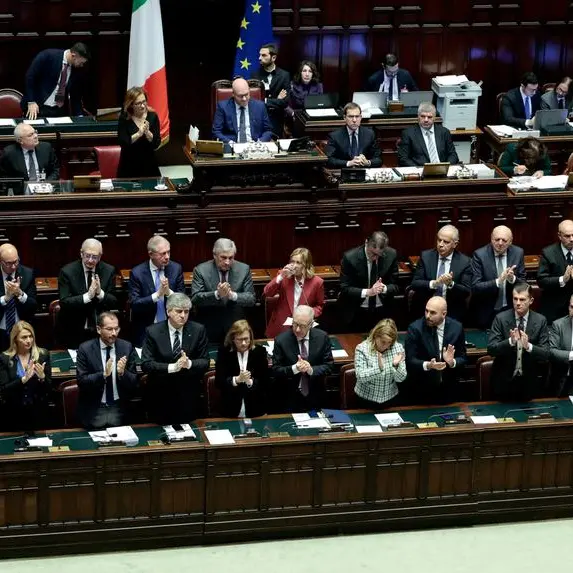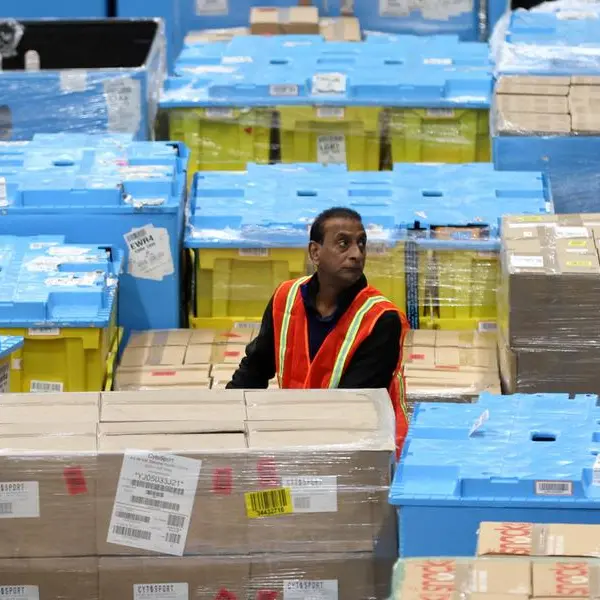PHOTO
BERKELEY – By the end of the 1970s, the US economy appeared to be in serious trouble. Years of inflation had caused deep discontent; measured productivity growth had fallen from its post-World War II pace of 2% per year to almost zero; and America’s resilience in the face of geopolitical and geoeconomic shocks seemed to be waning. The proposed solutions to these problems fell into two categories: neoliberalism and activist industrial policy. The neoliberals won.
Neoliberalism called for shrinking the state, deregulating as much as possible, curtailing antitrust enforcement, and accepting higher economic inequality as a reasonable price to pay to reinvigorate private enterprise and motivate “job creators.” The central assumption was that markets would always deliver better outcomes than government programs could. Yet the consensus today is that this approach failed spectacularly.
Nothing played out the way neoliberalism’s advocates had envisioned, unless you count the sharp increase in wealth and income inequality over the past four decades. While many wealthy people with large megaphones see this feature of our Second Gilded Age as a sign of success, I do not, and I suspect that most Americans share my view.
As for activist industrial policy, it arrived stillborn, because the main argument against it proved to be quite convincing. The argument was not that markets always get things right, or that governments had never successfully engaged in pro-development industrial policies in the past. On the contrary, there was a consensus that government “interventions” to create and fund schools, banks, and railways, and to introduce the right kind of tariffs and other barriers to protect genuine “infant industries,” had enabled countries to grasp the economic opportunities generated by industrial technologies.
Nor was anyone seriously arguing that America’s post-WWII prosperity was the result of an overarching laissez-faire policy. The big exception was the school of ostriches at the University of Chicago, who studiously ignored the role played by the US government, since 1933, in directing and subsidizing investment, stabilizing demand and markets, and committing huge amounts of resources to scientific and technological research and development. But they could only pretend that US prosperity did not rest on the public sector’s role in creating and orchestrating scientific knowledge and technological expertise, and in nurturing the communities of engineering talent needed to make the rubber hit the road.
No, the only convincing argument against activist industrial policy in the 1980s (and the only one ever since) was that post-1970s America lacked the state capacity to undertake it. As Charles L. Schultze, a former chairman of the White House Council of Economic Advisers, wrote in the Fall 1983 issue of The Brookings Review:
“Not only would it be impossible for the government to pick a winning industrial combination in advance, but its attempt to do so would almost surely inflict much harm. There are many important tasks that only governments can do – and, with constant effort and watchfulness, they can do those tasks passably well. But the one thing that most democratic political systems – and especially the American one – cannot do well at all is to make critical choices among particular firms, municipalities, or regions, determining cold-bloodedly which shall prosper and which shall not. Yet such choices are precisely the kind that would have to be made – and made explicitly – for an industrial policy to become more than a political pork barrel.”
This argument was broadly convincing. The sense at the time was that too many government decisions were driven not by considerations of the public interest, but by the fact that, as Senator Barbara Boxer once said, in a slip of the tongue: “the B-2 carries a large payroll [in my state]” (she meant payload). Too many of the agencies that would manage and direct economic development seemed to have been captured by investors, managers, or oligopolies of one sort or another. Too many glass-and-steel buildings on K Street (the Washington lobbying industry) were funded by too many interest groups and staffed by too many former legislators and their aides. How could technocratic cost-benefit analysis in the public interest ever be more than a sham?
Now, however, the United States has three overwhelming reasons to go all in on industrial policy. First, there is the looming disaster of runaway global warming, which requires action on a scale much larger than Al Gore correctly called for nearly a half-century ago. Second, there is the need to reorient the US economy from coastal finance and plutocracy to middle- and working-class prosperity nationwide. And, third, Chinese President Xi Jinping announced a “no-limits” partnership with Russian President Vladimir Putin just before the latter launched his full-scale invasion of Ukraine. Since then, it has been clear that we are undergoing a historic geopolitical and geoeconomic transition in which, as Adam Smith wrote in The Wealth of Nations, “defense … is of much more importance than opulence.”
For these reasons, the most important economic-policy question for America today is not whether we should pursue an industrial policy. We have no choice. The question, then, is this: What can we do to prove Schultze wrong?
J. Bradford DeLong, a former deputy assistant US Treasury secretary, is Professor of Economics at the University of California, Berkeley, and the author of Slouching Towards Utopia: An Economic History of the Twentieth Century (Basic Books, 2022).
Copyright: Project Syndicate, 2024.
www.project-syndicate.org























